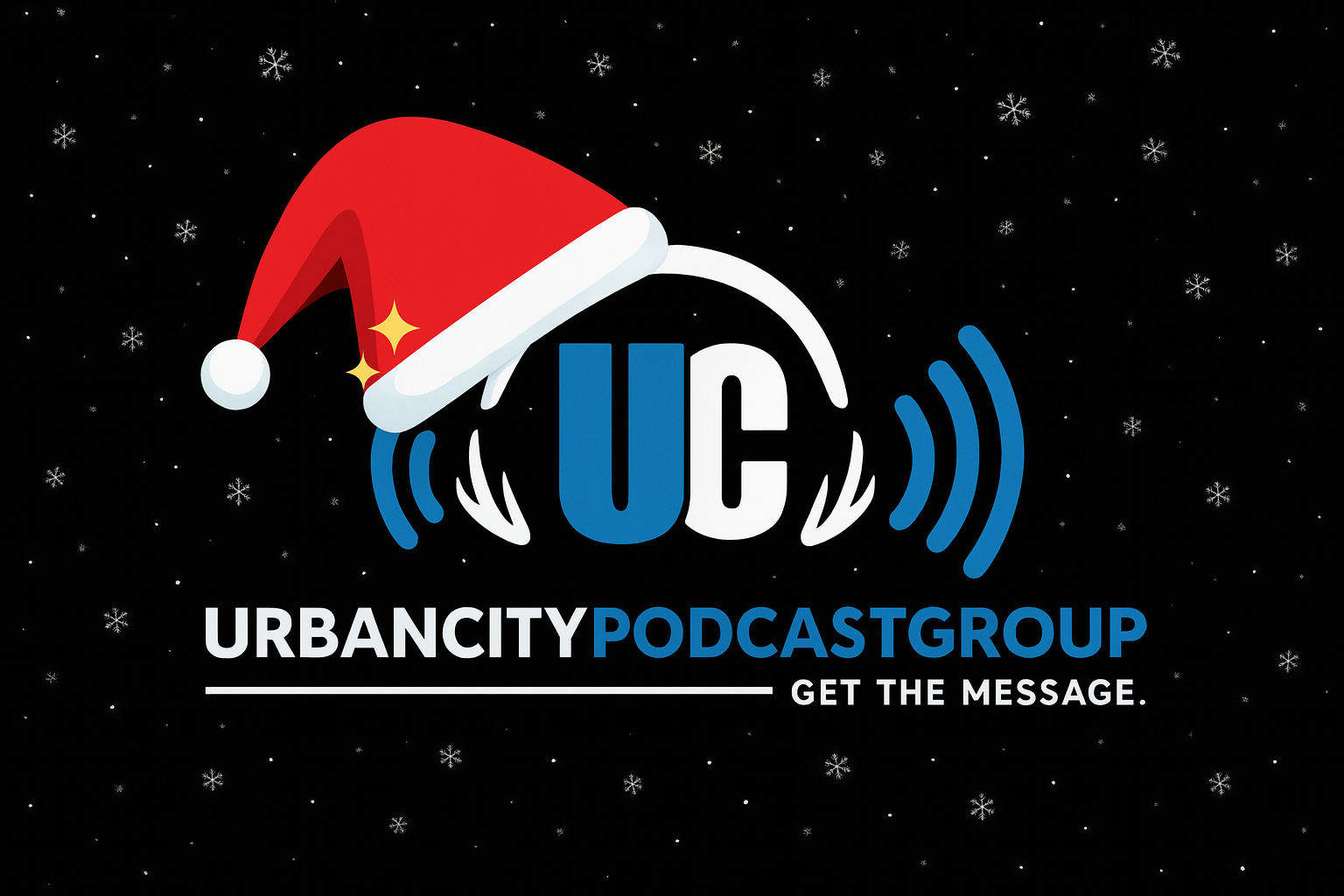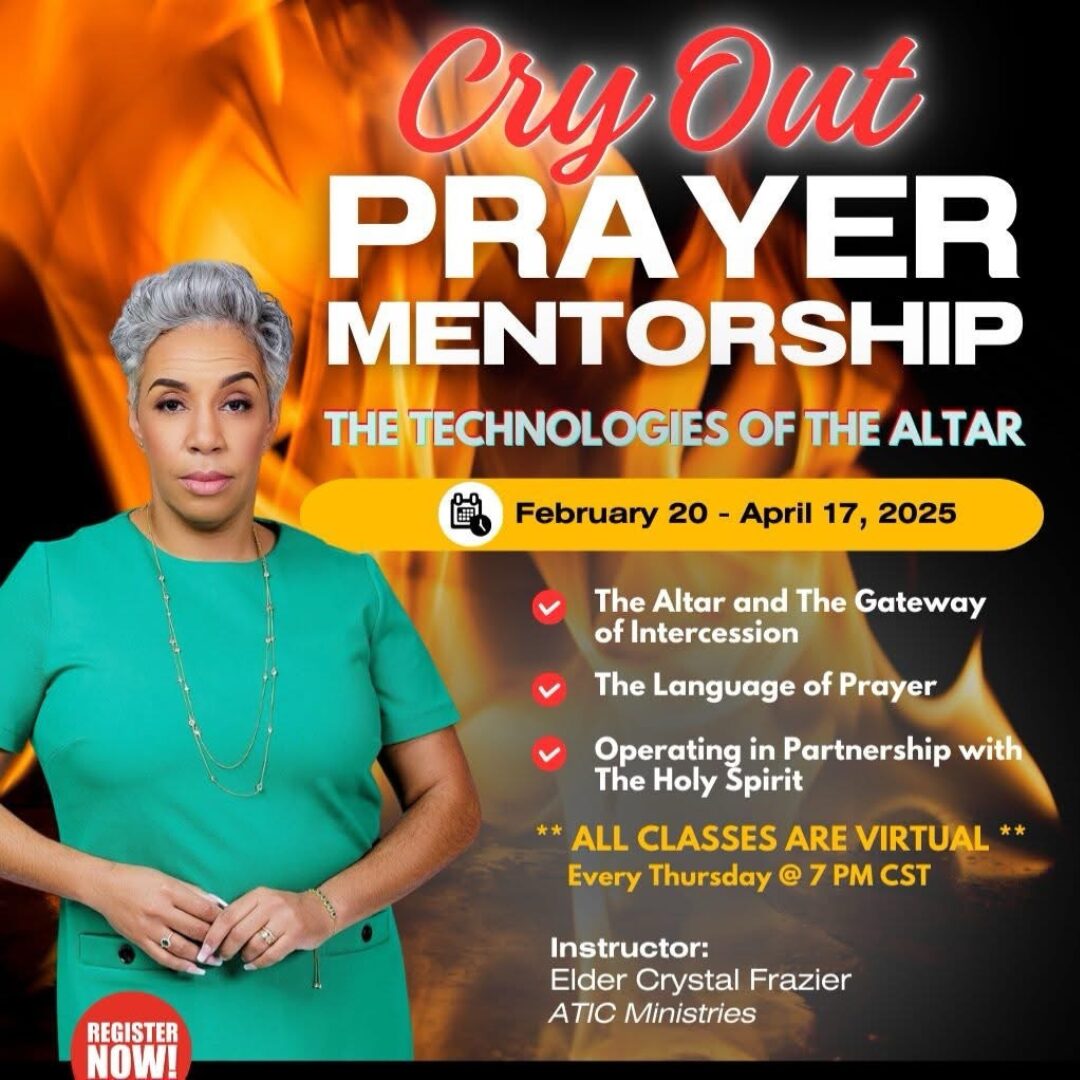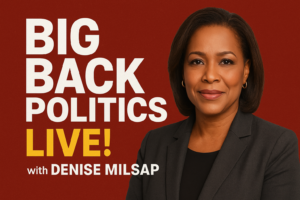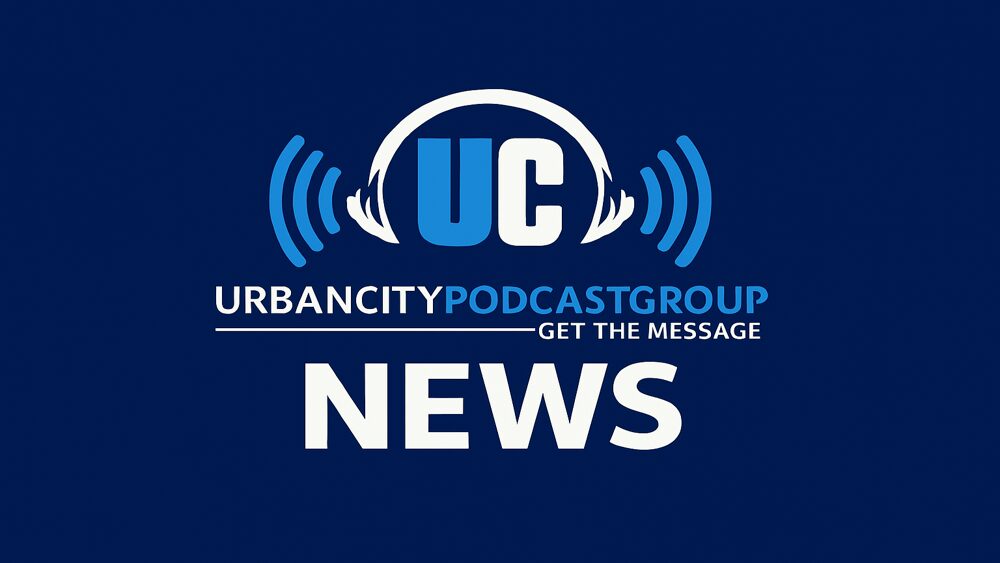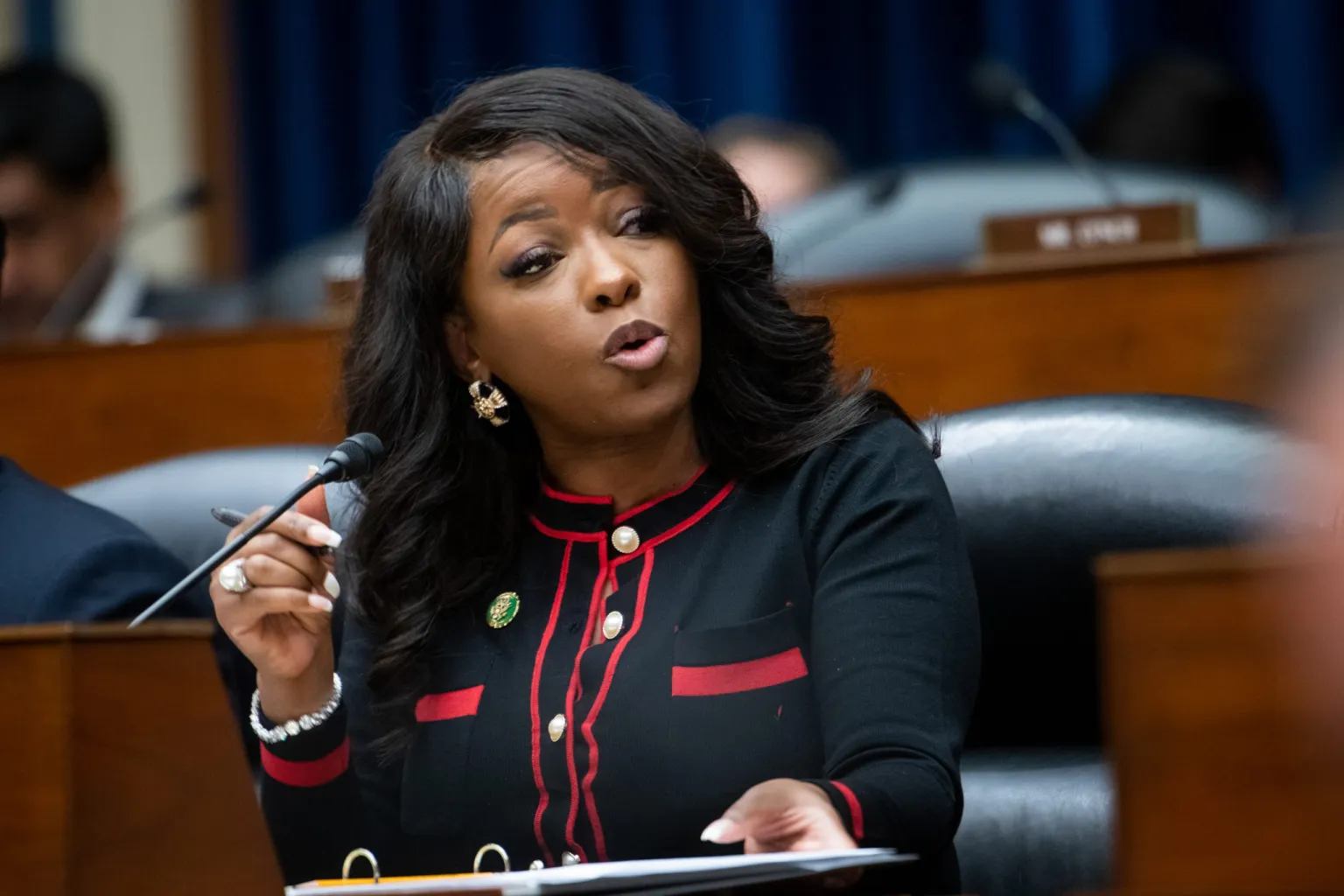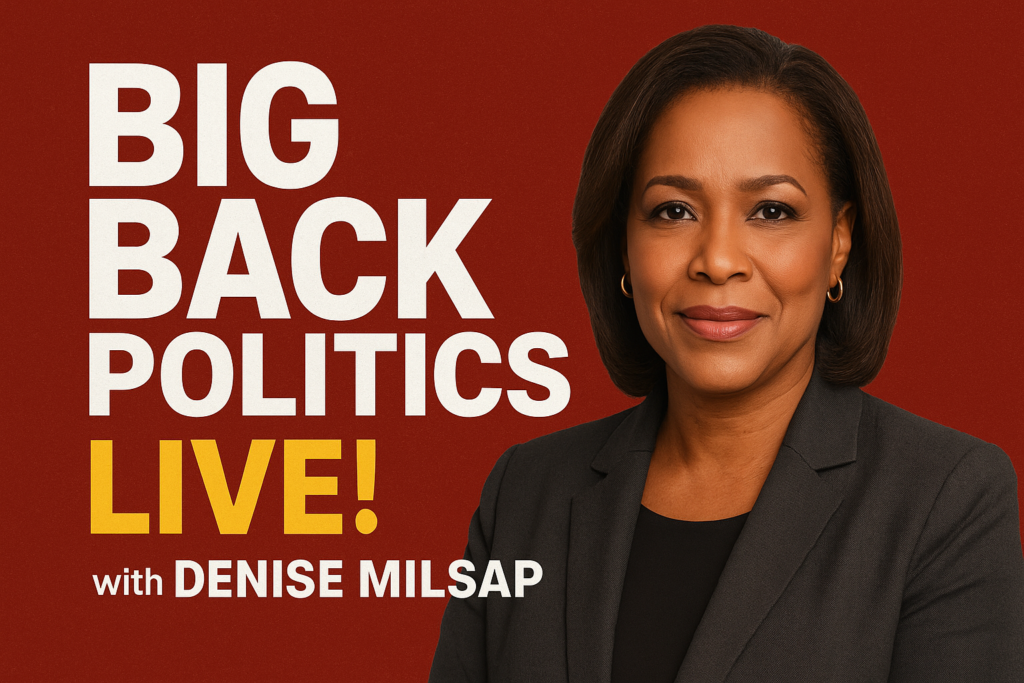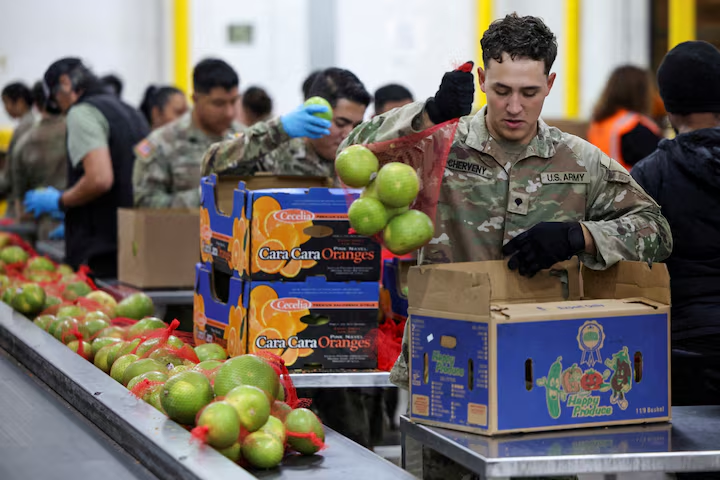
Major Takeaways:
A federal judge has indicated she will intervene in the ongoing political fight to safeguard SNAP food assistance funding amid budget disputes.
The ruling could temporarily ensure that millions of low-income families continue to receive benefits during the standoff.
The case underscores growing national tension between government branches over social aid priorities and economic accountability.
Judge Steps In To Protect SNAP Food Assistance Funding
When it comes to keeping food on the table, politics shouldn’t be part of the menu. But that’s exactly what’s happening as a federal judge in Massachusetts hinted she may force the government to keep paying SNAP benefits even while the federal shutdown drags on. U.S. District Judge Indira Talwani told attorneys this week that she’s prepared to intervene if the government fails to ensure that Supplemental Nutrition Assistance Program (SNAP) funds reach the millions of Americans who depend on them every month. And she didn’t mince words: “It’s hard for me to understand how this isn’t an emergency,” she said.
Let’s break down how we got here and why this fight over food assistance could become one of the defining legal and moral battles of 2025.
The Crisis at Hand
We’re entering the second month of a grinding federal government shutdown, and the consequences are piling up. While some federal programs have stopgap funding, SNAP, which feeds about 42 million Americans every month, isn’t one of them. According to the U.S. Department of Agriculture (USDA), the government has just $5.3 billion in its SNAP contingency fund. That sounds like a lot, but in reality, it covers only about half of one month’s benefits. Normally, SNAP disburses $8–9 billion every month to families across the country. The USDA has argued that, under current law, it can’t legally spend that contingency money to pay full benefits during a shutdown. Instead, they claim the money can only be used for emergencies or limited operational costs. But 25 states and the District of Columbia are calling foul and have taken the matter to court.
States Say: Use the Money — That’s What It’s There For
The coalition of states, mostly led by Democrats, filed a lawsuit arguing that the USDA must use the contingency fund to continue SNAP payments. They say cutting off benefits during a shutdown violates the intent of Congress and could devastate millions of families. Judge Talwani seemed to agree, or at least, she wasn’t buying the USDA’s excuses. “Congress put money in an emergency fund,” she said. “And it’s hard for me to see how this isn’t an emergency when millions of Americans will go hungry.” In other words, when you’ve got a house fire, you don’t argue about which bucket of water to use. The states are asking the court to issue an emergency injunction that would force the USDA to release contingency funds immediately, ensuring that November SNAP benefits are paid out in full.
The Human Cost
Behind all the government jargon and legal motions lies the real story: families, seniors, and children facing hunger. For many Americans, especially in Black, Latino, and rural communities, SNAP isn’t a luxury. It’s the difference between eating and going without. A temporary suspension or reduction in benefits could mean empty grocery shelves, unpaid bills, and painful choices about whether to feed children or keep the lights on. According to the Center on Budget and Policy Priorities, Black households are twice as likely as white households to rely on SNAP. For communities already fighting rising food prices, stagnant wages, and housing costs, losing even one month of SNAP benefits could be catastrophic. It’s not just about hunger, it’s about stability, dignity, and basic survival.
Retailers and States Are on Edge
This crisis isn’t just hitting homes. Grocery stores, local economies, and state governments are bracing for impact. SNAP benefits flow through electronic benefit transfer (EBT) cards, and when people spend that money, it fuels local commerce. Every $1 in SNAP spending generates about $1.50 in economic activity, according to economists. If those payments stop, the ripple effect will be immediate. Food retailers lose customers. State tax revenues dip. Food banks get overwhelmed. And as we’ve seen before during the 2019 shutdown, the private sector can’t fill that gap. Grocery stores in low-income areas will lose millions in sales. Food banks will run out of supplies in days. The economic pain spreads fast and deep.
The Political Blame Game
The SNAP fight is exposing deep cracks in Washington and both parties are pointing fingers. Republicans argue that states and the USDA should plan better for shutdowns, saying Congress shouldn’t be pressured into reopening government under threat of social chaos. Democrats counter that this isn’t about politics, it’s about people. Cutting off food aid, they say, crosses a moral line. White House officials have largely stayed silent on the lawsuit, but sources inside the USDA say they’re following existing law and precedent. That’s bureaucratic speak for: “Don’t blame us, blame Congress.” In truth, both sides are gambling with public perception. Americans might tolerate a few weeks without national parks or passport renewals, but hunger? That’s another story.
Judge Talwani’s Warning Shot
During Thursday’s hearing, Judge Talwani made it clear she won’t stand by while families starve. She told government lawyers she’s considering ordering the USDA to at least make partial payments if full funding isn’t possible. “The law doesn’t say stop paying people,” she said. “It says reduce benefits if necessary. That’s a big difference.” Translation: even if there’s not enough money to pay everyone in full, the government can’t just shut the program down entirely. The judge also pressed for timelines. With November 1 just around the corner, millions of households are expecting their next benefit reloads within days. States have warned that even a small delay could cause widespread confusion and panic at grocery stores.
What Happens Next
The court is expected to rule within days. If Judge Talwani grants the injunction, the USDA will likely appeal, but benefits could be temporarily restored while the case continues. If she denies it, the states will appeal, and SNAP recipients will brace for impact. Either way, the legal wrangling could drag on for weeks, even months, while families wait and wonder. In the meantime, some states are exploring temporary relief measures, like advancing emergency food aid or using local funds to bridge the gap. But those efforts can’t match the federal scale of SNAP. This isn’t just a policy problem, it’s a humanitarian one.
Why It Matters to Urban City Readers
For our Urban City audience, especially in communities of color, this fight hits close to home. Mississippi, Louisiana, Alabama, and Georgia have some of the highest SNAP participation rates in the nation. In many Black households, SNAP is part of the economic backbone that keeps food on the table while families work, hustle, and build toward financial independence. When that foundation gets shaky, the entire community feels it. From small grocers on the corner to church food drives to local nonprofits, everyone depends on that steady flow of support. And if it stops, even for a few weeks, the damage could take months to repair. As one advocate told CNN, “People can’t eat promises. They can’t feed their kids on politics.”
The Bigger Picture
This crisis highlights a recurring truth: America’s safety net is one government shutdown away from collapse. Programs like SNAP, Medicaid, and housing assistance were built to protect the vulnerable, but they’ve become political bargaining chips. Every time Congress deadlocks, millions of people’s lives hang in the balance. That’s not governance, that’s hostage-taking. The irony is that SNAP has bipartisan roots. It was created under President Lyndon Johnson’s “War on Poverty” and expanded by both Republican and Democratic administrations. Yet here we are, in 2025, arguing over whether feeding people is optional.
Looking Ahead
If Judge Talwani orders the USDA to act, it’ll be a major victory for families, but it won’t fix the larger problem. The country still needs a functioning government that doesn’t treat basic needs as political leverage. For now, advocates are urging families to check state SNAP websites, stay in contact with local assistance offices, and prepare for possible delays. Food banks are ramping up for what could be a wave of new demand. And in the court of public opinion, the pressure is mounting. As one policy expert told CNN, “If you want to see how a country values its people, look at how it feeds them.”
The Bottom Line
Judge Talwani’s decision could decide whether 42 million Americans eat next month or go hungry because politicians couldn’t get their act together. This isn’t just another D.C. drama. It’s a wake-up call about what happens when bureaucracy meets real life and when leaders forget who they’re supposed to serve. For communities across America, especially those already on the edge, this fight is about more than food. It’s about respect, justice, and basic human dignity. And that’s something no shutdown should ever take away.
